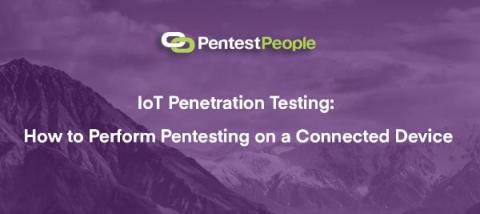Police Arrest LabHost Cybercrime Gang
It’s been reported that police have apprehended 37 individuals globally, alleged to have used a technology platform facilitating fraudulent activity through deceptive text messages aimed at defrauding unsuspecting victims. Law enforcement agencies focused their efforts on dismantling the operations of LabHost, the platform used by criminals to send these messages and lure victims to fake websites masquerading as legitimate online payment or shopping services.











